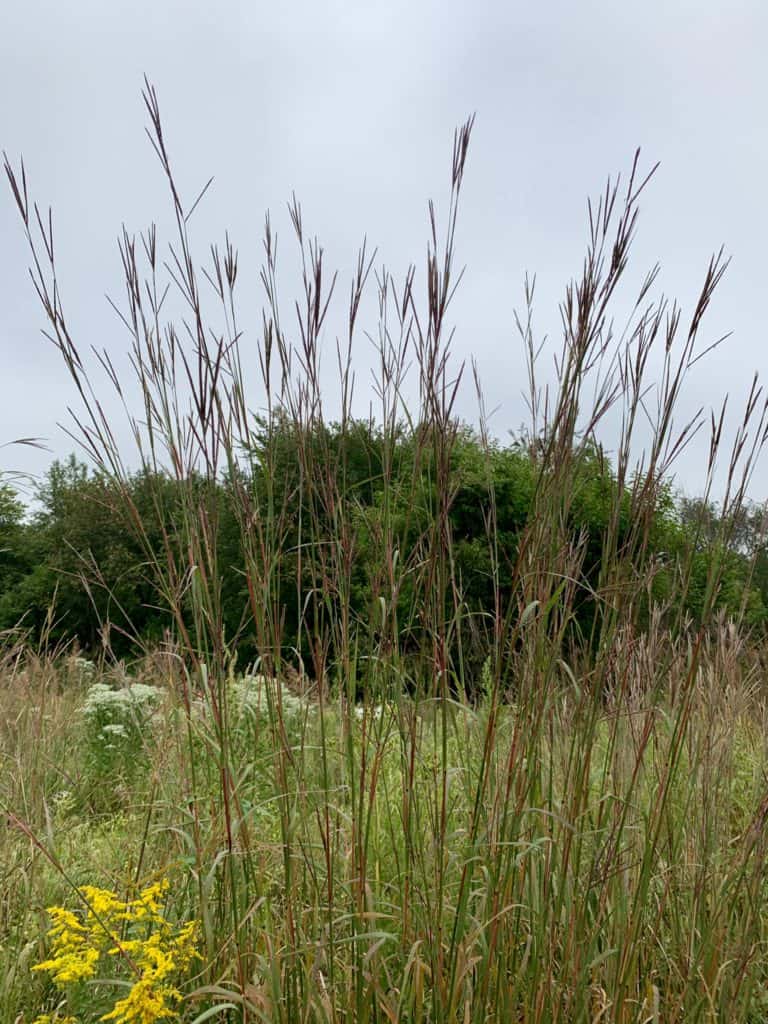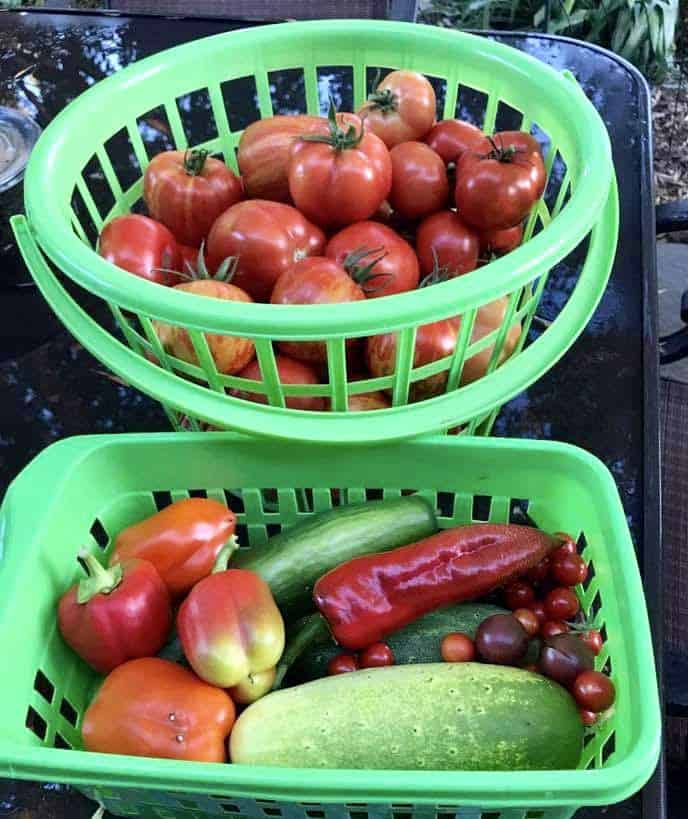You’ve heard the phrase it’s always darkest before the dawn? It’s also often the coldest just before first light breaks. Such is the case in fall, when the forecasted temperatures in the Midwest begin falling below freezing (32 degrees Fahrenheit). It seems like one day we’re wearing our flip flops in the air conditioning; next thing we know, the chill is on.
As an Amazon Associate I earn from qualifying purchases.
What can you do?
Keeping tabs on the weather forecast is an important part of gardening. Eventually, Jack Frost will steal away our dreams of summer warmth, but there are some things we can do to extend our season. Protect tender plants like annuals by covering them or bringing them in when frosty temps threaten.
Know your frost and your freeze
Clear, calm conditions may seem lovely, but when cooling temperatures are in the forecast, little to no wind and an absent blanket of clouds are sure to send the temperatures plummeting. A frost occurs when we get to 32 degrees F or below. A light frost will damage or kill many tender plants. A hard freeze occurs at 28 degrees F and without protection, spells the end of the growing season for most plants.
Know your plants

Perennials (come back every year) will be just fine. They’re slowing down and getting ready for their winter’s sleep. You may choose to protect more delicate perennials like roses or shrubs prone to winter die-back, but I tend to let all of my perennials fend for themselves through winter.
Most annual (one year and done) flowers should be brought inside or covered if you want a few more weeks of enjoyment. A good old sheet from the closet will do the trick for light frost protection. Or if you want to get fancy and provide a bit more protection, check out the many available insulated row covers and cold frames.
Uncover the plants when temps rise again and let them breathe. The 10 day forecast, as is typical this time of year, often shows a nice bounce back in temperatures. You might not be barefoot in shorts, but you can often get a few more weeks of pretty blooms.
For vegetables the answer is – it depends. Vegetables and herbs are often defined as cool season or warm season. Cool season vegetables like kale and lettuce can take a light frost. Root vegetables should also be fine as the soil serves as insulation for the crop. Warm season veggies like peppers, tomatoes, summer squash and the majority of herbs should be harvested before a frost!
Basil is especially intolerant of cold temperatures so I recommend harvesting all basil when temps are in the 40s. By contrast, kale will get sweeter with a frost or two. I am generally harvesting kale up to the first snowfall. I leave my kale plants in all winter as last year’s plants will often start growing again in early spring rewarding me with an early crop.
Believe it or not, watering your plants that are staying in the garden on the day before a frost is expected can actually help protect them. This trick is widely used by nurseries when frost threatens. Water acts as an insulator. Plant cells that are well hydrated will be stronger against cold damage. Moist soil also stays warmer longer than dry soil. Make no mistake, deep frost or a hard freeze will win, but this handy tip can definitely help when conditions are right around 32 degrees.

When a frost threatens, you’ll find me on harvest frenzy, grabbing all of my ripe and almost ripe tomatoes, peppers and other delicate veggies. Green tomatoes will likely ripen on your windowsill or make delicious fried-green tomatoes. Extra peppers can be washed chopped and frozen. Herbs can be used now or dried or frozen for later use. There’s nothing like homegrown veggies in late winter when the cold winds are howling outside. It sure beats the over-priced grocery store selections. For guidance on your specific vegetable or herb, a quick google search can provide more information.
Celebrate your success
Don’t forget to enjoy the fruits of your labor and take pride in your accomplishments. Your garden has served you well – or possibly annoyed the heck out you all season. Either way, the end is near and it’s time to breathe a bit, clean and put away our tools and dream of seed catalogs and spring!
SHARE IT ON PINTEREST